I have been thrilled to be a part of the lab for the past 10 months, and having the opportunity to work on projects I never thought I would be a part of. I have learnt how to co-design from the ground up, in a hands-on learning environment that has changed my way of design thinking. The inter-disciplinary nature of the lab has allowed me to collaborate with a range of designers, being part of projects all the way from branding and communication to spatial and product design.
The main thing I will take away from this experience are the pros and cons of being a “game-changer”. As a part of the lab, our goal is to improve the lives of staff and patients at Auckland Hospital, but in order to do so, we often 'rock the boat'. We are a completely new community for the hospital, and a big part of our job is learning how things are currently done to see whether we can make a positive change. I have met so many talented and caring staff, and being able to help them provide a better experience for their patients has been a highlight. I am so proud of all the work we do as a lab, and I can’t wait to return at the end of the year and continue improving lives with design, and mentoring AUT students at the start of their careers.
For the next six weeks I will be treking from Cape Town to Nairobi, helping out on Cheetah conservation projects, orphanages, and exploring everything there is to see in southern Africa. It will be an eye-opening experience seeing how another world lives, and I’m excited to see how I will be inspired when I return.













